Same Day Shipping EMI & COD on most products
Trusted Partner Since 1969
GST B2B Billing  Help
Help  00919699976817
00919699976817
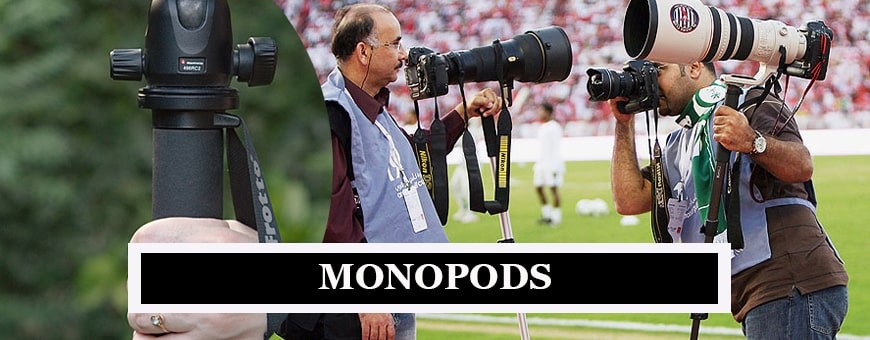

Showing 1–24 of 122 results
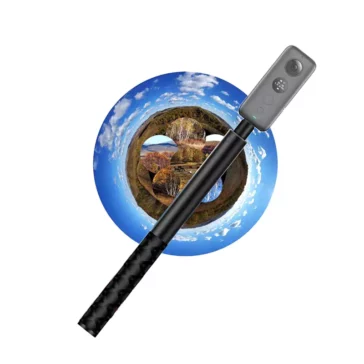


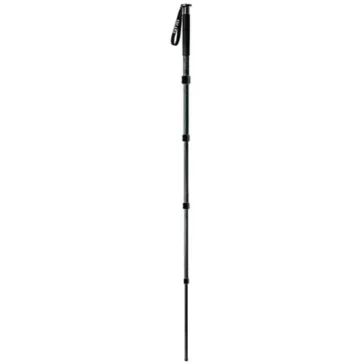
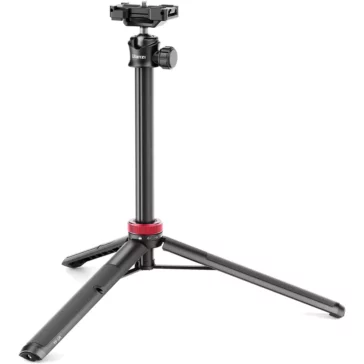
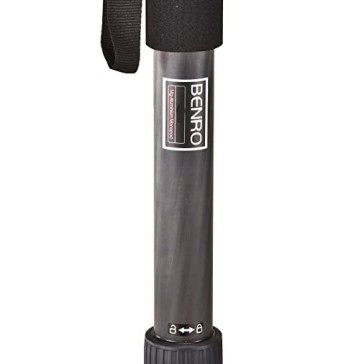
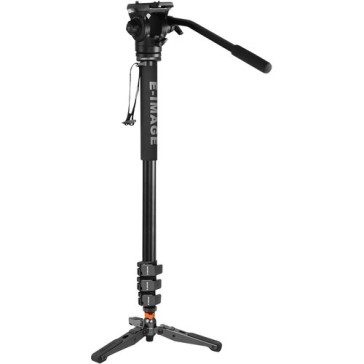
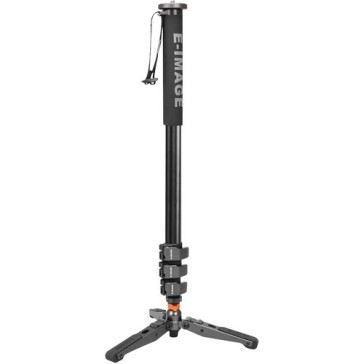
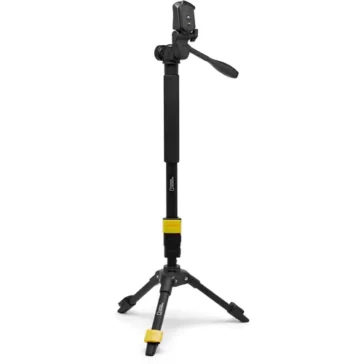
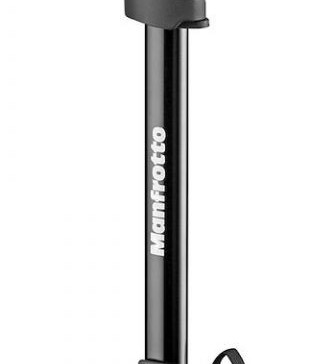
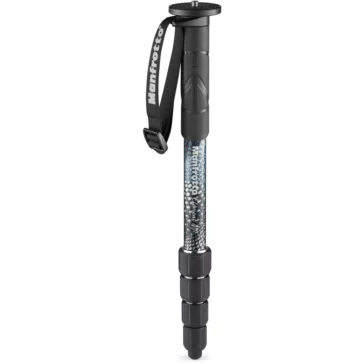
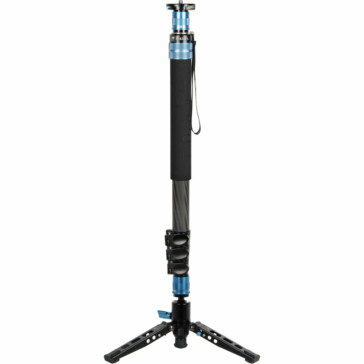
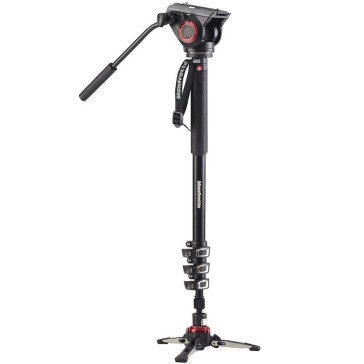
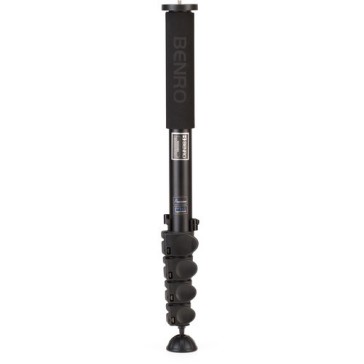
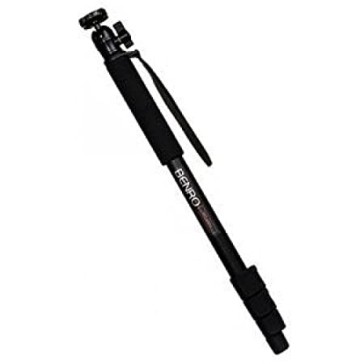
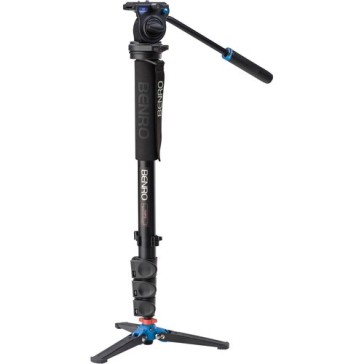
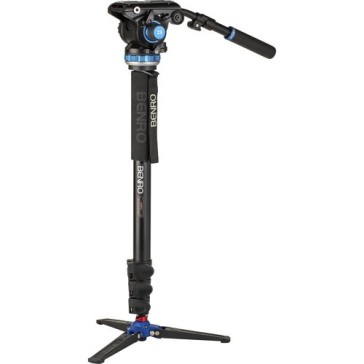
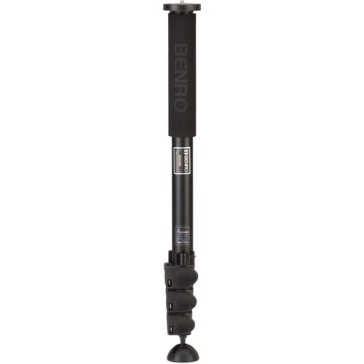
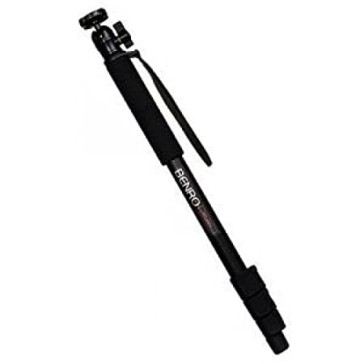
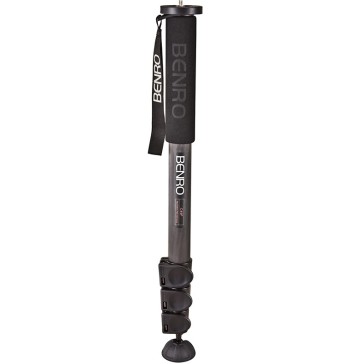
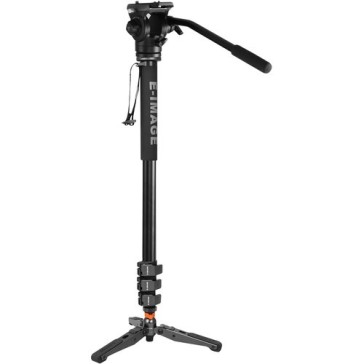
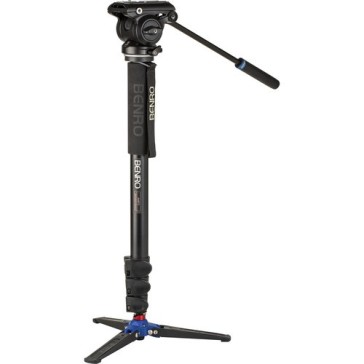
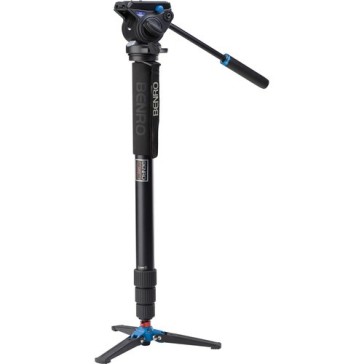
A monopod is always stigmatized as the cheaper, less stable alternative to a tripod stand. This is one of the greatest myths in photography. When used correctly, you get the steadiest of shots.
Also known as unipods, monopod heads take the weight of the camera and lenses off the photographer. Although they are sturdier on the ground, monopods can also be used as extension shooting poles.
A monopod is an essential piece of equipment in a photographer’s arsenal.
How to choose your monopod
More often than not, tripods are used for videography rather than a monopod. However, there are a few variants that are the best monopods for video. They are relatively more expensive.
Here are a couple of factors that you should consider, apart from the monopod’s price, while purchasing one.
Height
It is crucial to consider the maximum and minimum length of your monopod. It is of great use when it comes to sports photography. The minimum length can also determine if it is useful when you are traveling. Selfie Sticks have gained a lot of popularity and are one of the most fast selling items.
Feet
Some monopods will have additional flip-out feet for more stable support. This variant can also be called a monopod tripod. When indulging in monopod photography, this gives you the much-needed support you will need while shooting videos and time-lapses.
How to use a monopod
Monopods are good for when you are in a crowded environment. Anywhere you don’t have enough space for a tripod, you can trust your monopod to give you steady shots.
The overhead
In a crowd of journalists hustling to get the best picture or an interview byte of a celebrity, a monopod can be a gamechanger for you. Monopods are much less obtrusive than tripods. You attach your camera to the top of your monopod, extend the legs and hold it high enough to get the shot you want.
The third leg
When you are outdoors working on a shoot, the best way to use a monopod is by using your legs to make an imaginary tripod. This technique works best on grippy surfaces like grass or gravel. This is very helpful when you indulge in wildlife photography and other outdoor activities.
A few of the best monopods for wildlife photography are:
Manfrotto XPRO 5-Section
Gitzo Series 2 Traveler GM2562T
Monopod vs Tripod
Tripods are bulkier and take longer to be set up but having three legs provide stability. On the other hand, monopods are light, compact, and travel friendly. The best monopods extend long enough to be used as per your needs but can be dropped down to a size that can be accommodated.
Apart from this, a lot of manufacturers make monopods that double up as hiking and walking sticks. This is an essential gear if you are fond of traveling.
Monopods with ball heads are an ideal choice for outdoor activities where the photographer has to take best shots in multiple angles. Perfect Monopods must be easy to set up and compatible with multiple, camera, mobile phones and tablets. Manfrotto Monopod with grips reduce camera shake and blury images. Monopod selfie sticks have become increasing popular with mobile phone photography.
The Ultimate Guide to Monopods & Accessories
Photography enthusiasts and professionals alike understand the importance of stability when capturing the perfect shot. While tripods have long been the go-to solution, monopods have emerged as a versatile and portable alternative. This guide delves deep into the world of monopods and their accessories, ensuring you make the most of every photo opportunity.
Monopods: A Brief Overview
A monopod, often referred to as a unipod, is a single-legged stand used to support cameras. Unlike tripods, which have three legs, monopods rely on the user for stability. This design makes them lightweight, easy to maneuver, and perfect for on-the-go photography.
Benefits of Using Monopods
Portability: Monopods are compact and can easily fit into backpacks or carry-on luggage.
Flexibility: They allow for quick setup and adjustments, ideal for sports and wildlife photography.
Stability: While they don’t offer the same level of stability as tripods, monopods significantly reduce camera shake, especially in low light conditions.
Essential Monopod Accessories
Monopod Heads: These allow for smoother panning and tilting, ensuring you get the perfect angle every time.
Monopod Feet: Some monopods come with retractable feet, providing extra stability when needed.
Quick Release Plates: For photographers on the move, quick release plates ensure swift mounting and unmounting of cameras.
Choosing the Right Monopod
When selecting a monopod, consider its maximum load capacity, height, material (aluminum vs. carbon fiber), and the type of head it supports. It’s also essential to think about the kind of photography you’ll be doing. For instance, wildlife photographers might prefer a monopod with a tilt head for better vertical shots.
Conclusion
Monopods offer a unique blend of stability and mobility for photographers. Whether you’re capturing fast-paced sports events or serene landscapes, a monopod can be an invaluable tool in your photography kit. With the right accessories, you can enhance your photography experience and ensure you never miss that perfect shot.
Monopods are more lightweight and portable than tripods, making them ideal for on-the-go photography. They allow for quick setup and are especially useful in crowded or tight spaces where setting up a tripod might be challenging. While they don’t offer the same stability as tripods, they significantly reduce camera shake and are perfect for situations where mobility is crucial.
To achieve maximum stability with a monopod, ensure that the camera’s weight is evenly distributed. Use both hands to stabilize the monopod, with one hand on the camera and the other on the monopod’s shaft. Additionally, using monopod feet or bases can provide extra support, especially on uneven terrains.
Yes, monopods are especially beneficial in fast-paced environments like sports events, wildlife photography, or crowded places. They allow for quick movement and repositioning, ensuring you don’t miss any action. Additionally, they’re great for situations where tripods might be prohibited or impractical, like certain tourist spots or indoor events.
Monopods are primarily made of aluminum or carbon fiber. While aluminum monopods are durable and more affordable, carbon fiber variants are lighter and absorb vibrations better. The choice between the two depends on your budget and specific needs. If weight is a concern, especially for travel photography, carbon fiber might be the better option.



Most units are shipped same day using professional courier services with tracking.
We work round the clock to ensure you get the highest level of customer satisfaction.
Well packed, Sealed Units are shipped from our warehouse which are waterpoof & sturdy.
Design Info
GST: 27AYUPJ2628P1ZK
No.1, Saremals, Shastri Hall Building,
Nana Chowk, Grant Road West,
Mumbai 400007, Maharashtra, India
New Delhi Branch – South Ex 2, 110049
Also Ships DAILY from Brisbane, Dubai,
Berlin, Barcelona, Detroit & Vancouver.
Connect online / schedule a demo
Call/WhatsApp: +91-9699976817
Email: [email protected]
Live Chat: Business Hours
Follow Us: @designinfo.in
Copyright © 2014-2022 Design Info All Rights Reserved. Feedback on web experience
Since 1969